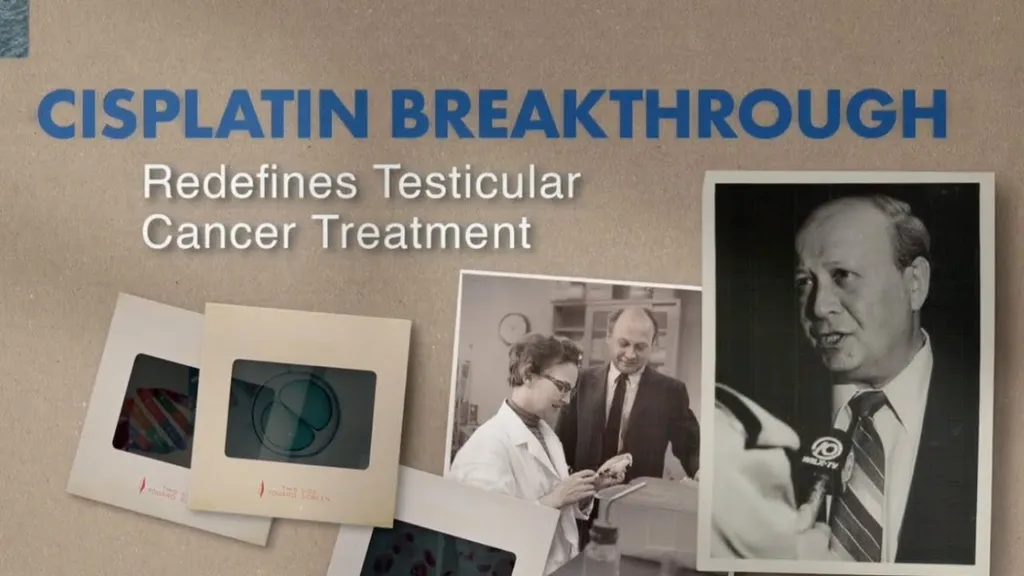In the realm of cancer treatment and nanotechnology, a recent study has shed light on the potential of titania nanostructures loaded with cisplatin, offering promising avenues for enhanced drug delivery and therapeutic efficacy. Led by Kamal Khanal from the Central Department of Physics at Tribhuvan University in Nepal, the research delves into the structural, adsorption, and electronic properties of these nanostructures, providing insights that could revolutionize the energy and medical sectors.
The study, published in ‘Materials Research Express’ (which translates to ‘Journal of Materials Research Express’), employed density functional theory (DFT) to investigate the interactions between cisplatin and titania (TiO2) nanoclusters. The findings revealed that the adsorption of cisplatin on these nanoclusters yielded significant adsorption energies, with the smallest nanocluster, NC1, exhibiting the highest reactivity despite having a less negative adsorption energy.
“Although NC1 had a less negative adsorption energy compared to the other nanoclusters, it indicated strong surface reactivity,” explained Khanal. This high reactivity is crucial for enhancing the drug’s interaction with biological systems, potentially improving its therapeutic potential.
The research also highlighted that NC1 had the highest HOMO-LUMO energy gap, suggesting greater charge transfer and reactivity. This property is essential for the efficient delivery of cisplatin to cancer cells, as it enhances the drug’s ability to interact with and destroy malignant cells.
Furthermore, the study explored the binding potential of the cisplatin-loaded nanoclusters with hen egg white lysozyme (HEWL) using molecular docking. The results showed that the protonated form of NC1, (TiO2)2H2, had a strong binding affinity with HEWL, indicating its potential as a therapeutic agent.
“The docking scores of cisplatin, (TiO2)2H2, and cis-(TiO2)2H2 with HEWL were found to be −4.41, −3.82, and −6.74 kcal mol^−1, respectively,” noted Khanal. “This indicates a strong binding affinity and therapeutic potential of cis-(TiO2)2H2.”
The implications of this research extend beyond the medical field. The enhanced reactivity and binding affinity of these nanostructures could also have significant impacts on the energy sector. For instance, the improved charge transfer properties could lead to more efficient energy storage and conversion devices, such as batteries and solar cells.
Moreover, the study’s findings could pave the way for the development of new materials with tailored electronic and adsorption properties, opening up new possibilities for various industrial applications.
While the research presents promising results, Khanal emphasizes the need for further experimental investigations to confirm the effectiveness of these nanostructures in real-world applications. “More experimental investigations are required to confirm its effectiveness,” he stated.
As the scientific community continues to explore the potential of nanotechnology, this study by Khanal and his team offers a glimpse into the future of cancer treatment and energy solutions. The insights gained from this research could shape the development of new therapies and technologies, ultimately improving the quality of life for millions of people worldwide.

